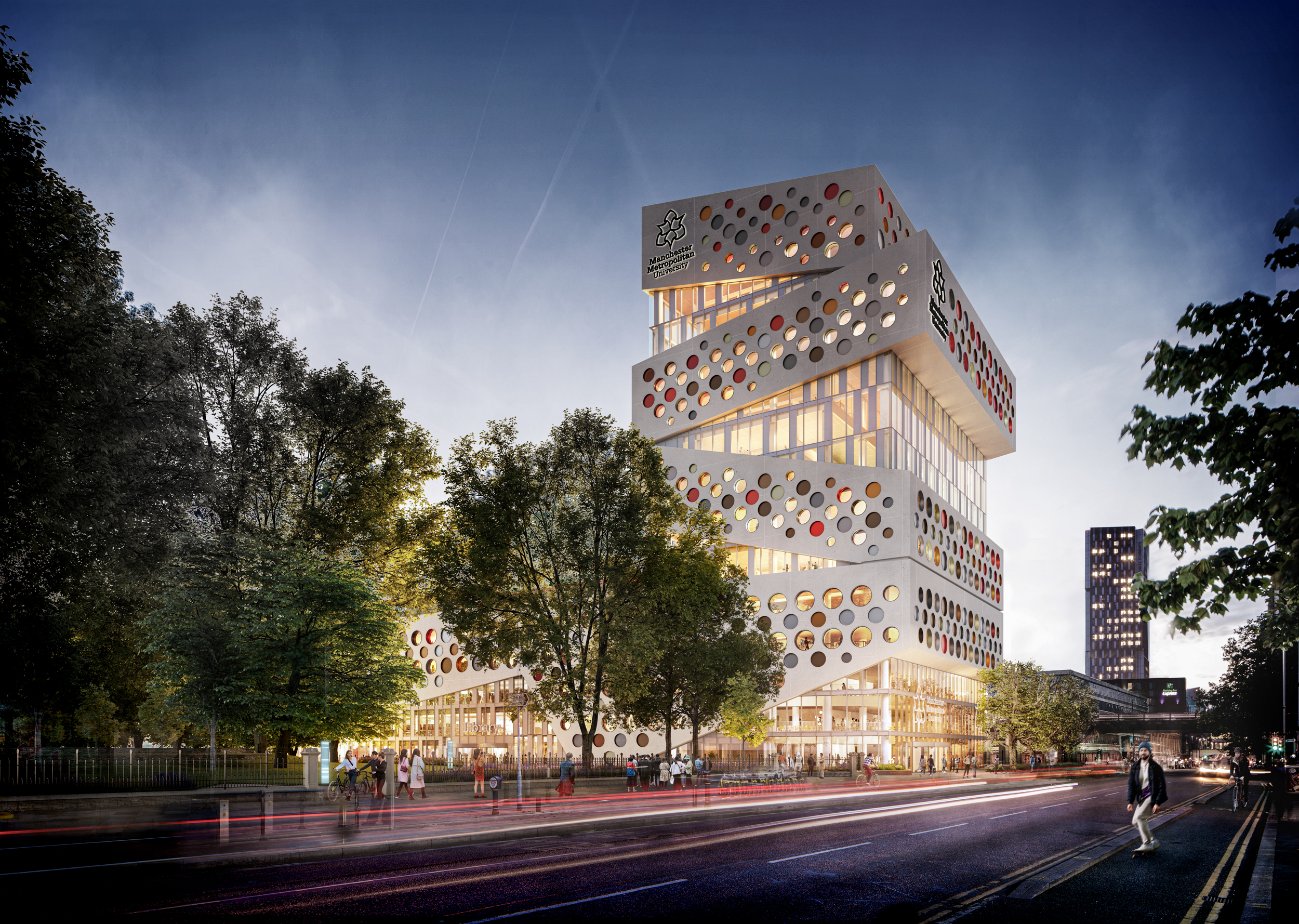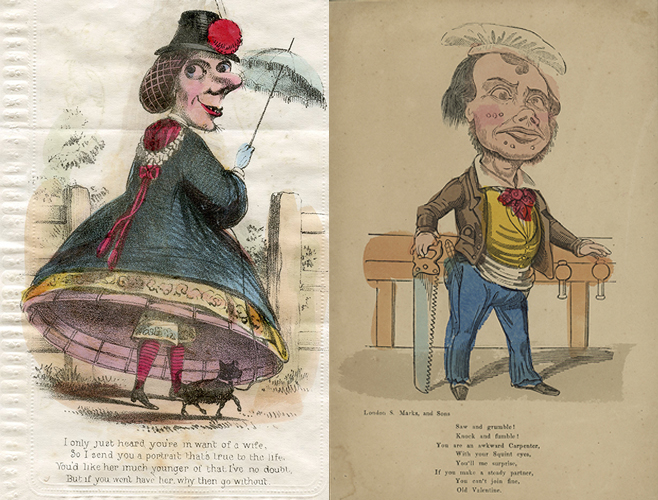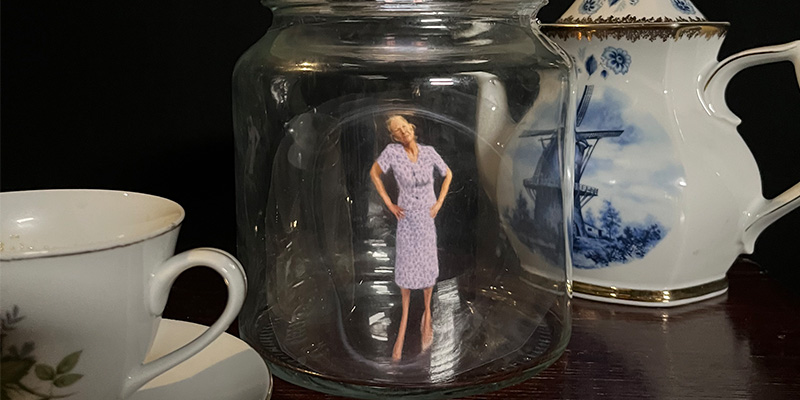News | Tuesday, 18th December 2018
Using augmented reality soundscapes to tempt more youngsters outside
Academics produce engaging experiences to educate and inform on environmental issues

Could a soundscape, presented using state of the art augmented reality technology, help encourage more young people to take an active interest in the countryside?
In a day and age when computer gaming sees players immersed in virtual sights and sounds, apparently oblivious to the outside world, academics hope to use the same kind of graphic and audio trickery to tempt more youngsters outside.
It involves a technique called acoustic augmented reality (AAR), where extra sounds such as animals and insects are played through hidden speakers around the countryside, to provide a more immersive experience.
Dr Stuart Cunningham, Senior Lecturer in Computer Science and Information Systems at Manchester Metropolitan University, has been working in collaboration with the University of Cumbria, the University for the Creative Arts, Glyndwr University in Wales, and outdoor ecological activity provider Albion Outdoors on the project, funded by the Consortium for Research Excellence, Support and Training (CREST).
The project will initially start in Northumberland, where groups will undertake a facilitated walk in the countryside and soundscapes will be used as educational aids to enhance appreciation and understanding of the environment.
The researchers hope to expand their research to other areas of the country in the future.
Watch Dr Cunningham explain more about the technology in this video:
Engaging and entertaining experiences
Dr Cunningham said: “This research investigates the feasibility of overlaying the soundscape of the real-world with an augmented layer. This layer could consist of any sounds that you can imagine and the equipment we’re testing allows us to position sounds in space all around the listener.
“Our initial aims have been to determine the best hardware and software systems to accomplish this task, but our long-term goal is to produce highly engaging and entertaining experiences to increase awareness of environmental issues, such as biodiversity and to educate and inform.”
The hope is that the AAR walks provide mechanisms to explore an environment throughout time: the past, present and future and introduce narrative, induce imagination, and provoke emotional responses.
Dr Cunningham added: “In the long run, we hope that the system will encourage more people into the amazing outdoor environments we have in the UK and to improve their awareness of the of the natural world.”
STEM opportunities
Albion Outdoors, based in Northumberland, will facilitate the AAR-aided walks and plan to include school groups and their local ‘young ecologist’ team in the project.
Deborah Brady, field tutor with Albion Outdoors and lecturer at the University of Cumbria, explained that CREST were particularly interested in the STEM opportunities the project offered.
She said: “They are really positive about getting young people involved with universities and giving them a chance to experience the design and testing stage, and seeing how ideas can become reality. We still have some fully funded capacity to involve schools so if any schools think this might interest their pupils do get in touch.”




